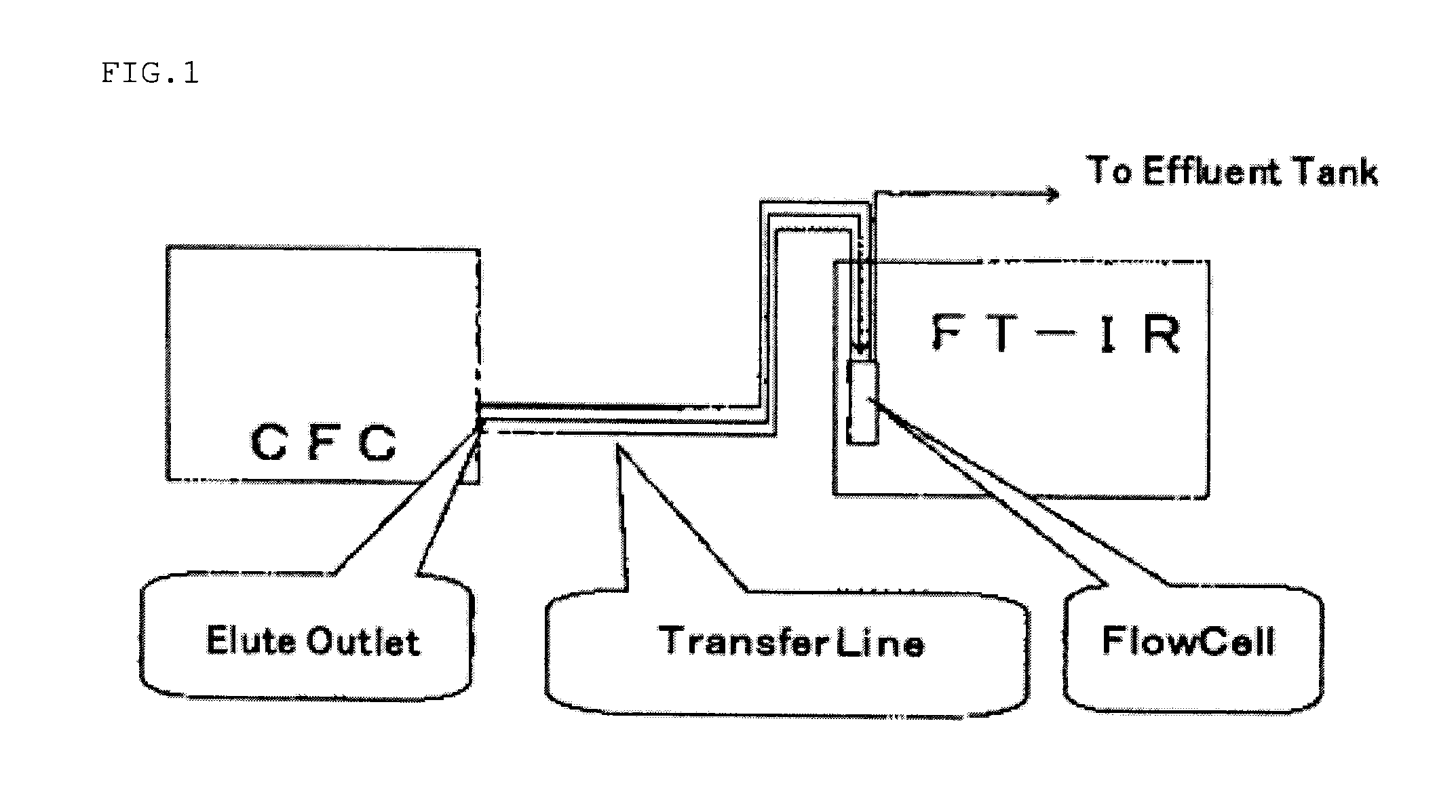Polypropylene resin composition and expanded molding
- Summary
- Abstract
- Description
- Claims
- Application Information
AI Technical Summary
Benefits of technology
Problems solved by technology
Method used
Image
Examples
examples
[0214]The present invention is specifically described herebelow by examples, but the present invention is not limited to or by these examples.
[0215]The properties of the polypropylene-based (multilayer) foam sheet and its constituent components were measured and assessed in the examples and comparative examples according to assessment methods described below. The resins used are also described below.
[0216]1. Property Assessments[0217](1) MFR (unit: g / 10 minutes):
[0218]This was measured according to the appendix in JIS-K 6921-2. The measurement was performed under the following conditions: temperature of 230° C. and load of 21.18 N.[0219](2) Methods for measuring the intrinsic viscosity, molecular weight distribution, content, and α-olefin content for components (A1), (B1), and (B2): these measurements were carried out by the previously described methods.[0220](3) Method for measuring the strain hardening exponent λmax (10)
[0221]This was derived by the previously described method usi...
examples 1-1 to 1-3 and 1-7 to 1-9
and Comparative Examples 1-1 to 1-5
Evaluation of Foam Extrusion Using a Slit Die
[0247]Using the pellets of the particular components described in Table 3, mixing by dry blending was carried out with 0.5 weight parts of a foaming agent (sodium bicarbonate / citric acid-type chemical foaming agent, trade name: “CF40E”, from Clariant) as a foam nucleating agent. Extrusion was performed at an extrusion rate of approximately 60 kg / hour using a 65 cpmm extruder (from PLA GIKEN Co., Ltd., screw tip temperature=180° C.). Melting, mixing, and plasticization were first performed in the first half of the extruder; then, in the middle region of the extruder, carbon dioxide gas was injected at 0.23 kg per hour from a carbon dioxide gas quantitative feed apparatus (from Showa Tansan Co., Ltd.); in the remaining region of the extruder, the carbon dioxide gas was mixed into the plasticized resin to produce a foaming agent-containing resin in which carbon dioxide gas was uniformly dispersed; casting o...
examples 1-4 to 1-6
and Comparative Examples 1-6 to 1-9
Evaluation of Foam Extrusion Using a Blow Molder:
[0263]Using the pellets of the components indicated in Table 4, mixing by dry blending was carried out with 3 weight parts of the aforementioned “CF40E” foaming agent (sodium bicarbonate, citric acid-type chemical foaming agent) as a foam nucleating agent, followed by supply to a direct blow molder with a die temperature set to 170° C. to obtain a foamed parison.[0264]Appearance of the surface of the molded article:
[0265]The surface smoothness of the obtained foamed parison was evaluated using the following 3 levels.[0266]◯: smooth when the surface is manually rubbed[0267]Δ: coarse when the surface is manually rubbed[0268]×: unevenness is felt when the surface is manually rubbed
[0269]In this case, ◯ and Δ are levels judged to be practically useful.[0270]Expansion ratio:
[0271]The ratio between the specific gravity of the polypropylene-based resin composition used as the starting material and the speci...
PUM
| Property | Measurement | Unit |
|---|---|---|
| Temperature | aaaaa | aaaaa |
| Percent by mass | aaaaa | aaaaa |
| Percent by mass | aaaaa | aaaaa |
Abstract
Description
Claims
Application Information
 Login to View More
Login to View More - R&D
- Intellectual Property
- Life Sciences
- Materials
- Tech Scout
- Unparalleled Data Quality
- Higher Quality Content
- 60% Fewer Hallucinations
Browse by: Latest US Patents, China's latest patents, Technical Efficacy Thesaurus, Application Domain, Technology Topic, Popular Technical Reports.
© 2025 PatSnap. All rights reserved.Legal|Privacy policy|Modern Slavery Act Transparency Statement|Sitemap|About US| Contact US: help@patsnap.com

